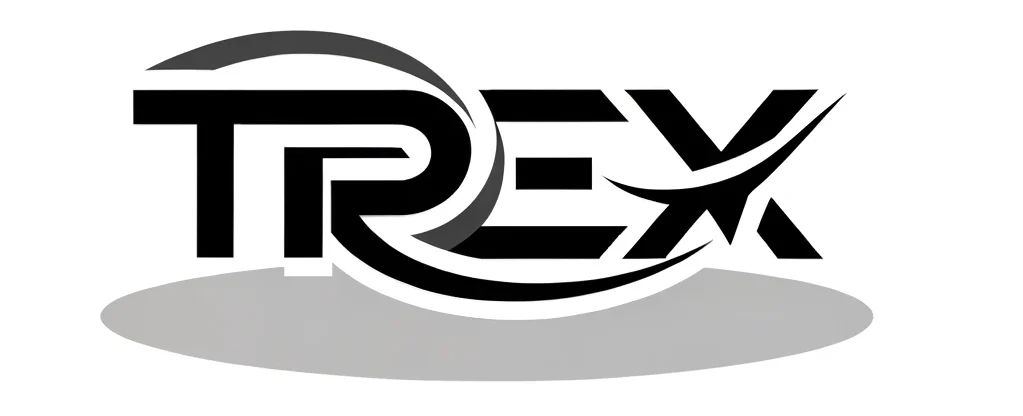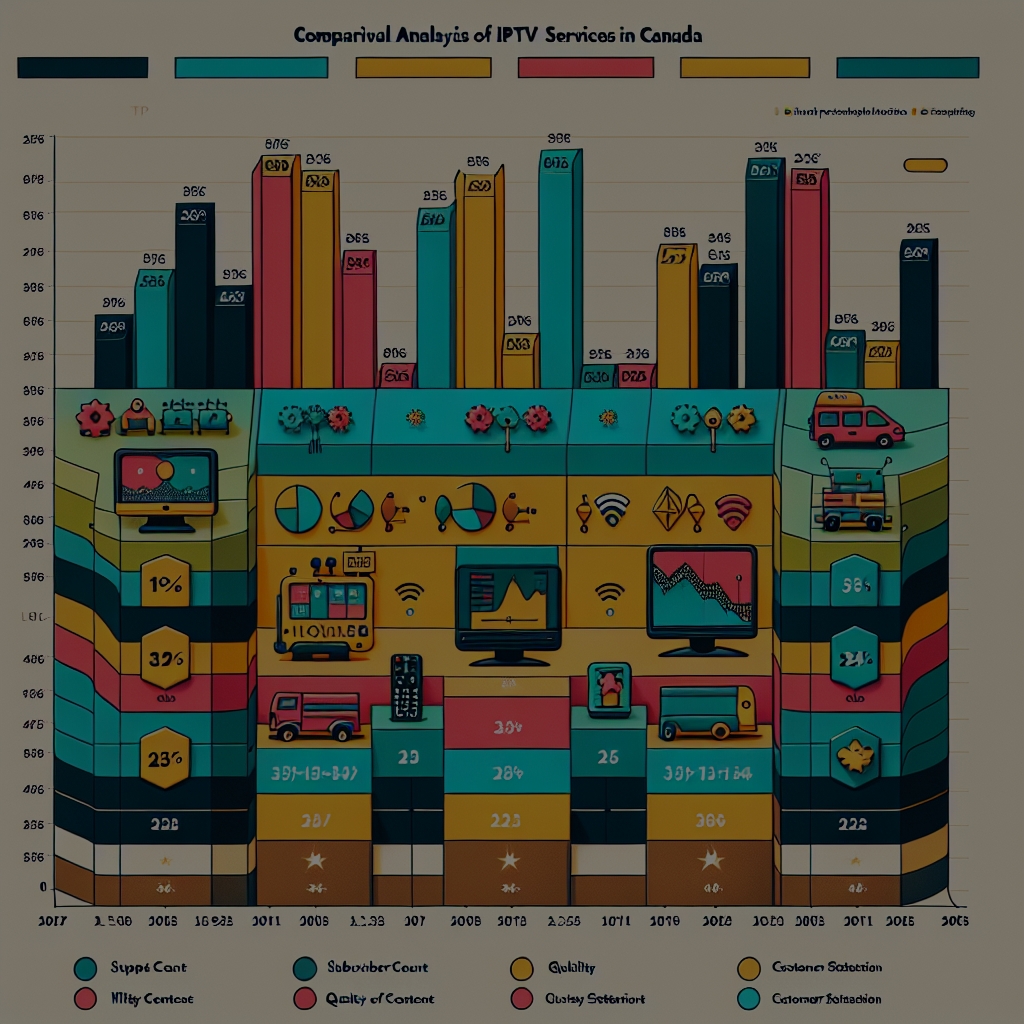TREX TV
Comparative Analysis of IPTV Services in Canada: 2023 Edition
In recent years, Internet Protocol Television (IPTV) has emerged as a popular alternative to traditional cable and satellite services in Canada. With the rapid advancement of technology and the growing demand for on-demand content, many Canadians are turning to IPTV providers for a more flexible and tailored viewing experience. This article offers a comparative analysis of the IPTV services available in Canada in 2023, examining the landscape of the market, the features of leading providers, performance metrics, and future trends shaping the industry.
Overview of IPTV Services in the Canadian Market 2023
The Canadian IPTV market is characterized by a diverse range of services, catering to various consumer needs and preferences. Major telecommunications companies, including Bell, Rogers, and Telus, have entered this space, offering their proprietary IPTV solutions. Additionally, smaller and specialized providers such as Shaw, Videotron, and various over-the-top (OTT) platforms have also gained traction, contributing to a competitive environment. This has resulted in an influx of choices for consumers, who can now select from numerous packages that include live TV, on-demand content, and even international programming.
As of 2023, the IPTV landscape in Canada is heavily influenced by consumer demands for high-definition content, flexible subscription models, and diverse programming options. The rise of streaming platforms has changed the way Canadians consume media, with many opting for IPTV services that allow for both live and on-demand viewing without the constraints of traditional contracts. Providers are increasingly offering customizable packages that allow users to select channels or genres that appeal to them, enhancing the overall viewing experience.
Moreover, the regulatory environment in Canada continues to evolve. The Canadian Radio-television and Telecommunications Commission (CRTC) has implemented new policies aimed at promoting competition and consumer choice in the television market. This shift towards a more open and competitive landscape has encouraged providers to innovate and differentiate their offerings, ensuring that consumers have access to a wider array of services.
Key Features and Offerings of Leading IPTV Providers
Among the leading IPTV providers in Canada, Bell’s Fibe TV and Rogers’ Ignite TV stand out as market leaders, offering a comprehensive suite of features that cater to a diverse audience. Bell’s Fibe TV provides an extensive channel lineup, cloud PVR capabilities, and integration with various devices, including mobile apps for viewing on-the-go. Additionally, it features advanced search functionalities and personalized recommendations, enhancing user engagement. Rogers’ Ignite TV also presents unique functionalities such as voice command capabilities through its remote control, making it easier for users to navigate through vast content libraries.
On the other hand, smaller providers like Shaw and Videotron have carved out their niche by focusing on localized content and customer service. Shaw’s BlueCurve TV, for instance, includes features such as the ability to pause and rewind live TV, a user-friendly interface, and access to popular streaming apps. Videotron’s Helix TV offers a combination of live TV and a variety of on-demand content, while also emphasizing its customizable package options. This allows users to create a viewing experience tailored to their preferences, which is becoming increasingly important in a market filled with diverse content.
International IPTV services are also making inroads in Canada, appealing to diverse immigrant communities. Platforms like Sling TV and Hulu offer global programming and specialized content packages, catering to the needs of multicultural audiences. With the combination of local and international offerings, IPTV services in Canada are increasingly becoming a one-stop-shop for varied content preferences, promoting inclusivity and accessibility in the entertainment landscape.
Performance Metrics: Speed, Reliability, and Customer Satisfaction
In terms of performance, the reliability and speed of IPTV services are critical metrics for consumer satisfaction. Major providers like Bell and Rogers have invested heavily in their infrastructure, ensuring that users experience minimal buffering and high-definition streaming. Consumer reports indicate that Bell’s Fibe TV often ranks high in terms of speed due to its fiber-optic backbone, delivering a reliable service that is favored among users who prioritize performance. Rogers, while also competitive in speed, faces critiques regarding occasional service disruptions, particularly during peak usage times.
Customer satisfaction surveys reveal a growing trend among consumers who appreciate features such as customer support, easy installation, and overall user experience. Providers that offer responsive customer service and extensive user guides tend to perform better in satisfaction ratings. In contrast, smaller providers may struggle with customer support resources, resulting in mixed feedback from users who encounter technical issues. This highlights the importance of not only offering a robust product but also ensuring that customer service is readily available and responsive.
Another key performance metric is the adaptability of services to various devices. In 2023, many users expect seamless integration across smart TVs, tablets, smartphones, and other devices. Providers that allow for easy access and a consistent user experience across multiple platforms tend to enhance customer satisfaction. Many leading providers in Canada have embraced this trend, ensuring that their offerings are compatible with various operating systems and devices, thereby enhancing the overall value proposition of their IPTV services.
Future Trends and Predictions for IPTV in Canada 2024
Looking ahead to 2024, several key trends are expected to shape the IPTV landscape in Canada. One significant trend is the continued integration of artificial intelligence (AI) and machine learning technologies into IPTV platforms. These advancements are poised to enhance content recommendations and personalization, ensuring that users are presented with content that aligns with their viewing habits. As providers invest in these technologies, viewers can expect a more tailored experience that caters to their individual preferences, potentially increasing user engagement and satisfaction.
Another anticipated trend is the rise of bundled services. As competition intensifies among IPTV providers, many are expected to begin offering bundled packages that combine television, internet, and even mobile services. This not only appeals to consumers looking for cost-effective solutions but also allows providers to differentiate themselves in a crowded market. Bundled services could encourage loyalty among users, ensuring a stable revenue stream for providers while catering to the trend of convergence in telecommunications.
Finally, the shift towards more transparent pricing models is likely to gain momentum in 2024. As consumers become more savvy and discerning, they are increasingly demanding straightforward pricing without hidden fees or confusing contracts. Providers that adopt transparent pricing strategies are likely to gain a competitive edge, fostering customer loyalty and trust. As the IPTV market continues to evolve, these trends will play a crucial role in shaping the future of television consumption in Canada.
The comparative analysis of IPTV services in Canada highlights the dynamic nature of the market as it adapts to changing consumer preferences and technological advancements. With a variety of options available, including major players and niche providers, consumers are empowered to choose services that best fit their viewing habits and lifestyles. As the industry moves forward, embracing trends such as AI integration, bundled offerings, and transparent pricing will be essential for providers to maintain competitiveness and meet the evolving expectations of Canadian viewers. The IPTV landscape is poised for exciting developments, promising a vibrant future for television consumption in Canada.

